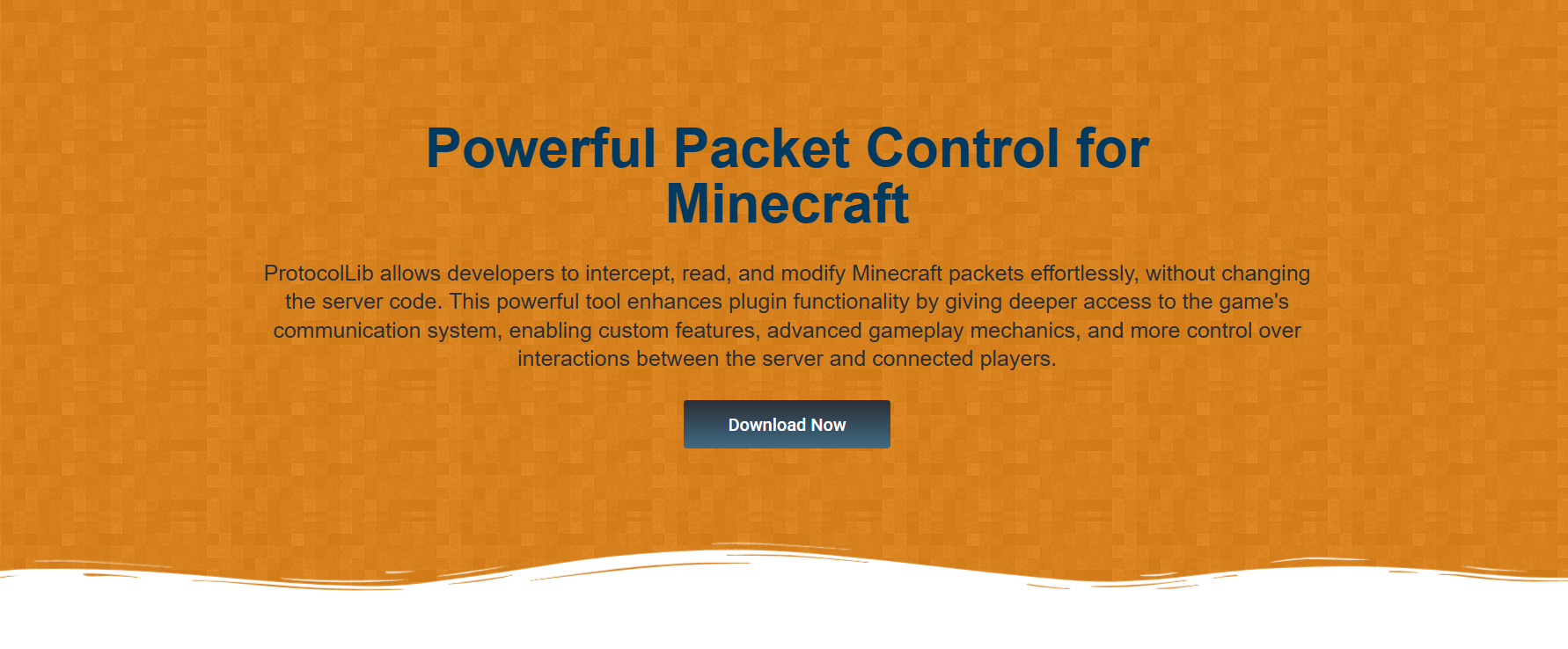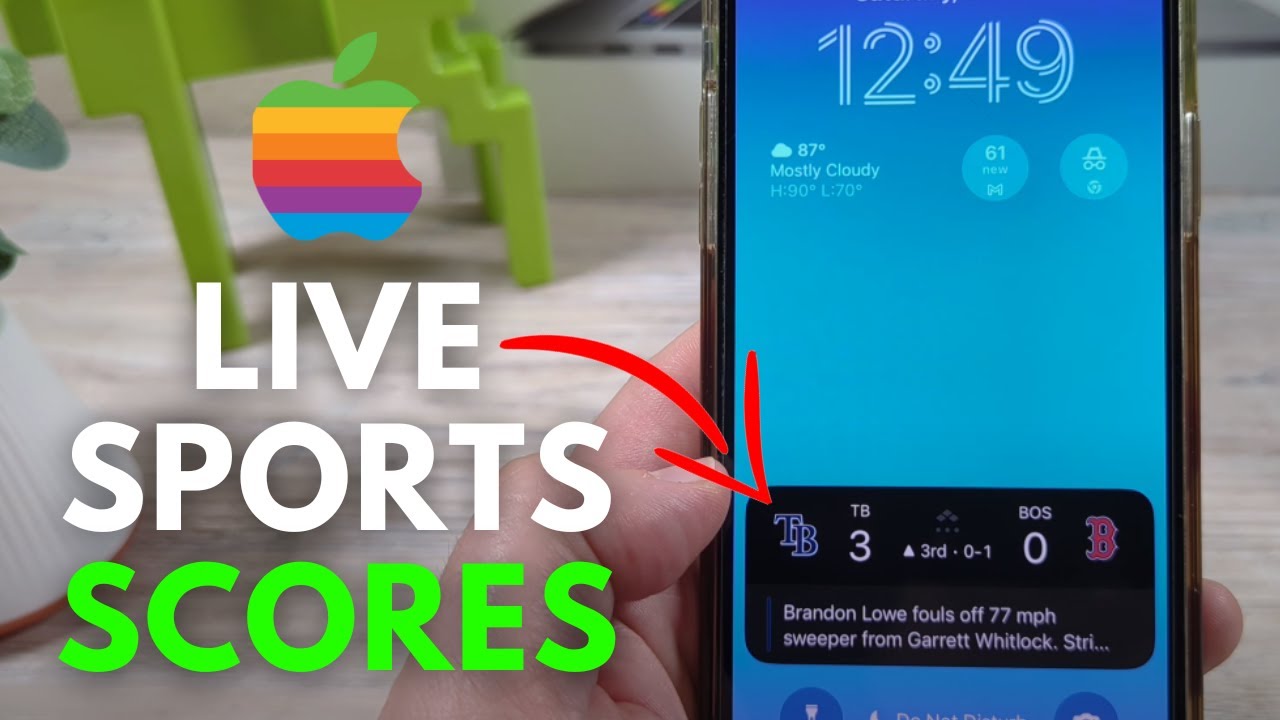Minecraft plugin developers often require more extensive access to the game’s networking capabilities than the basic Bukkit or Spigot APIs provide. That’s where ProtocolLib becomes essential, allowing control over packet-level communication between the client and server. It enables the creation of more advanced and immersive features.
By using ProtocolLib, developers can intercept, read, modify, or even create packets in real-time. This capability enables numerous server-side effects, including fake entities, chat filters, visual effects, and more. It offers powerful customizability without requiring modifications to the game client.
Due to its flexibility, ProtocolLib has become a standard for servers that require complex behavior. From building custom mini-games to enhancing gameplay visuals, it supports nearly every advanced development idea. It’s widely supported, lightweight, and works across multiple Minecraft versions.
Intercepting and Reading Packets
Track Player Movement
ProtocolLib allows access to movement packets, letting developers track player motion with precision. This is useful in detecting speed hacks, flight, or no-clip behavior. Minigames that rely on player positioning also benefit from accurate motion detection. With this, you can analyze player activity on a deeper level. It ensures plugins respond instantly to every step players take.
Detect Interaction Events
When players click, attack, or interact with blocks, packets are sent to the server. ProtocolLib can intercept these events before the server processes them. This enables the creation of custom event handlers outside the default API. For instance, clicking a block could trigger a new feature. It enhances control over in-game behavior with minimal delay.
Read Server Responses
Server-to-client packets determine how the game world appears and functions. ProtocolLib reads these to understand exactly what the player sees. You can verify if specific data like titles, entity info, or block changes were sent. This enables better debugging, visualization, or plugin-specific tweaks. It adds full transparency to Minecraft’s network communication.
Modifying In-Game Behavior
Change Entity Appearance
Packets control how entities appear in the game client, such as skins, size, or armor. ProtocolLib allows developers to alter these before they reach the player. You can disguise mobs as other entities or hide specific visual elements. This is common in roleplay servers or stealth-based games. The server logic remains unchanged while visuals are customized.
Alter Chat Messages
Chat messages can be filtered, reformatted, or rewritten before display. ProtocolLib enables modifying outgoing and incoming messages at the packet level. Plugins can inject ranks, icons, or stylized formatting with ease. It also allows replacing banned words or rerouting private messages. This improves communication control for moderated or competitive environments.
Control Sound and Effects
ProtocolLib lets developers intercept and replace sound or visual effect packets. You can silence events, play custom audio, or block visual distractions. It’s commonly used to enhance immersion or adjust sensory feedback in-game. Custom events like fake explosions or area effects become possible. These modifications stay client-side and don’t change the actual world.
- Replace entity models on the fly
- Add prefix tags or filter profanity
- Trigger unique visual-only animations
Sending Custom Packets
Trigger Visual Effects
Custom packets allow fake explosions, particles, or lightning strikes. These don’t alter the world but add immersive feedback. This is ideal for mini-games, magic systems, or special zones. Players experience the illusion without affecting gameplay mechanics. It gives plugin developers creative control over the environment.
Simulate Player Actions
You can make a player appear to open a chest, swing a weapon, or move without input. These actions are broadcast via crafted packets. Great for cutscenes or interactive story elements. Other players see realistic actions without any real gameplay behind them. This adds life to scripted events or tutorials.
Broadcast Fake Events
Broadcasting custom events like mob deaths, block changes, or weather effects is possible. These events are visible only to targeted players. It’s used to personalize gameplay based on player status or quests. Developers simulate unique outcomes per player without affecting others. This helps build immersive, choice-driven experiences.
Enhancing Server Performance
Reduce Server Load
ProtocolLib allows processing some packets before they reach the core server logic. This means heavy or redundant data can be discarded early. It reduces the load on other plugins and main threads. Especially on large servers, this improves responsiveness. Efficient packet handling equals smoother performance.
Block Lag-Inducing Packets
Certain packets, like rapid animation updates, can cause client lag or server spikes. Developers can detect and block such packets using ProtocolLib. This keeps gameplay fluid during peak usage times. Blocking excess data improves client frame rates and connection quality. It maintains stable performance across all player sessions.
Optimize Data Flow
The library gives direct access to modify or cancel network data. Plugins can compress, reorder, or throttle packet transmission where needed. This reduces memory strain and network usage. Smart optimizations are critical for servers with hundreds of concurrent players. ProtocolLib gives full control over the communication flow.
- Cancel extra animation packets
- Compress chat or metadata packets
- Reduce broadcast range for effects
Building Custom Experiences
Create Fake Items or GUIs
You can display inventories or item menus without actual game logic behind them. These are created by sending crafted packets that simulate real screens. It’s helpful for creating shops, menus, or previews. No real inventory change is needed on the server. Players interact with fully visual-only interfaces.
Design Interactive NPCs
NPCs can walk, talk, or animate without being real server-side entities. ProtocolLib lets developers fake movement and actions. These NPCs respond to players as if they’re alive. Perfect for quests, tutorials, or storytelling mechanics. It allows scripted realism without heavy backend logic.
Generate Illusionary Worlds
Entire landscapes or blocks can be shown differently to different players. These packet-based illusions don’t modify the actual map. You can hide areas, show secret paths, or build puzzles. This enables player-specific reality within the same server. It’s essential for RPG or adventure-style plugins.
- Show fake block states to players
- Display visual-only treasure or doors
- Create separate world views per user
Supporting Advanced Plugin Features
Enable Complex Mini-Games
Mini-games require custom effects, interactions, and visual cues. ProtocolLib provides the tools to build these without modifying the server’s core. Developers create isolated experiences with unique behaviors. It allows faster testing and prototyping. These games feel polished and fluid through advanced control.
Integrate with Other Plugins
Many advanced plugins rely on ProtocolLib to extend their features. It serves as a backbone for disguises, NPCs, or anti-cheat logic. Seamless integration improves plugin compatibility and efficiency. Using ProtocolLib ensures better cooperation in multi-plugin environments. It’s widely trusted in the developer ecosystem.
Support Cross-Version Play
ProtocolLib abstracts away version differences in Minecraft packets. This helps maintain plugin compatibility with multiple game versions. Developers don’t need to rewrite code every update. Version handling is done internally by the library. It ensures consistent performance and support over time.
Conclusion
ProtocolLib unlocks a deeper layer of Minecraft plugin development, giving creators access to the game’s core packet system. It empowers developers to intercept, alter, and simulate gameplay data for advanced experiences. With performance gains and visual enhancements, it plays a crucial role in modern server design.







